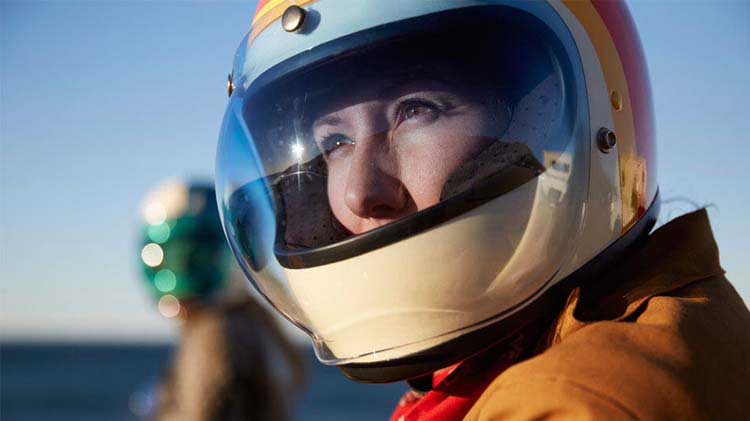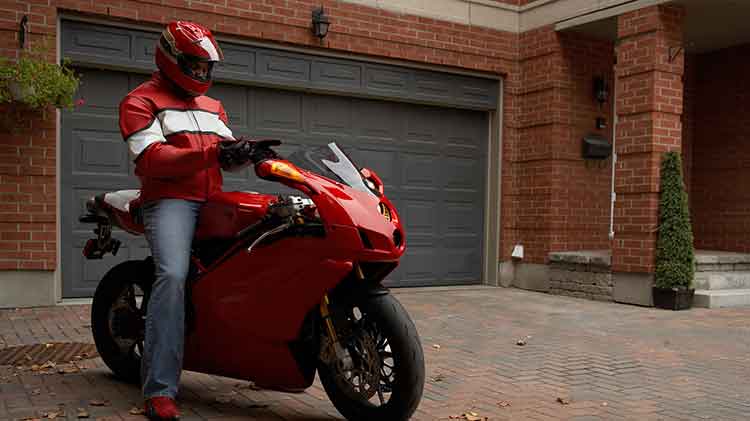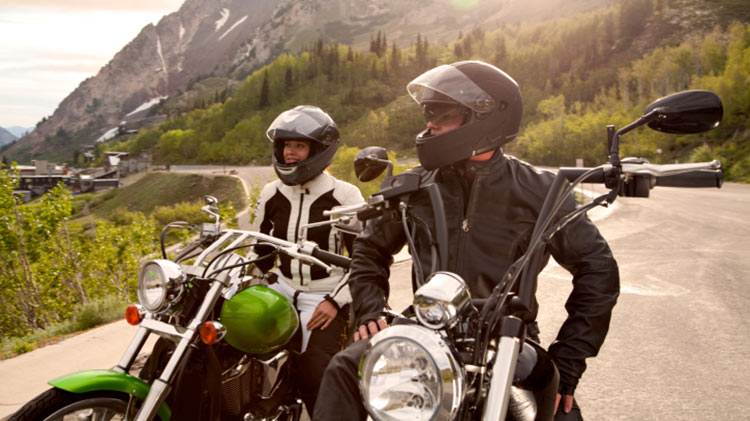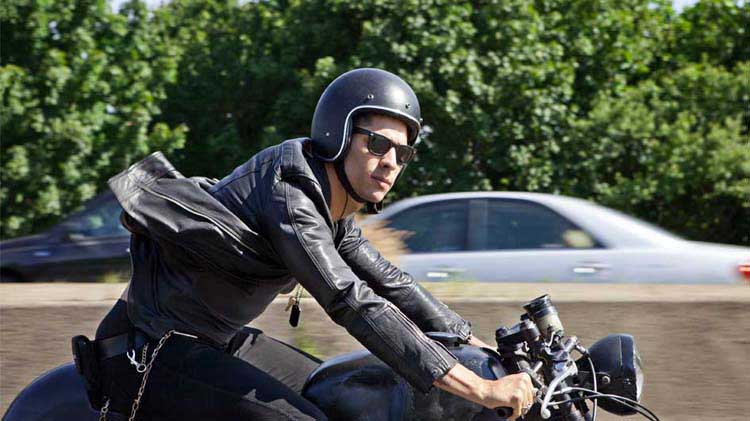Tips to help prevent motorcycle accidents
Help make the road safer for you and others with these motorcycle riding tips.
Despite motorcycles representing only 3% of all registered vehicles, motorcycles accounted for 14.6% of all traffic fatalities in 2022, according to the National Safety Council. These facts make it all the more important to do what you can to help keep you and other motorcycle riders safe.
Tips for motorcycle safety and accident prevention
To help reduce the risk of harm to yourself and others, consider these motorcycle safety tips.
Motorcycle inspection
Consider checking your motorcycle often to confirm lights, signals, mirrors, brakes and fuel system are in working order. Choosing a bike equipped with an anti-lock braking system (ABS) could help prevent the bike’s wheels from locking up and skidding.
Safety courses
If you're a new motorcyclist, consider a motorcycle safety course. It can be helpful for experienced riders to also take courses as a refresher or to learn new motorcycle tips. The Motorcycle Safety Foundation (MSF) offers classes online and in person.
Gear up
If an accident happens, wearing protective motorcycle gear can help shield you. This can include long pants and sleeves made of leather or another protective material, gloves, eye protection and durable boots covering the ankles. When it gets colder, don't forget to add layers or heavier gear designed for those temperatures.
For maximum visibility, wear a white full-face Department of Transportation-approved helmet. Wearing a helmet while riding your motorcycle can help greatly reduce the risk of head injury in the event of an accident. Because your helmet can degrade over time due to usage, try to replace your motorcycle helmet regularly, typically every three to five years, or after a crash.
Be seen
Help increase your visibility by trying the following: Wear bright colors, add reflective elements to your clothing, helmet and bike, use your headlight (day or night), ride in the section of lane that makes you most visible to motorists and consider honking if you're not sure a motorist sees you.
Be alert
Texting motorists are a real danger, so be prepared for sudden lane changes and swerves. Taking an extra look around can sometimes be the most crucial factor in motorcycle accident prevention. Watch for patches of sand, potholes, railroad tracks, other road hazards and fellow motorcyclists. As you approach parked cars, stay alert for any car doors opening in your path.
Be cautious in intersections
Intersections can be an area of increased risk for motorcyclists. A motorist turning left in front of an oncoming motorcyclist is a common cause of motorcycle accidents.
Don't drink or speed
Speeding and driving under the influence of alcohol are some of the most common causes of motorcycle accidents in the U.S. Staying sober and observing the speed limit can help you arrive safely at your destination.
Try to avoid bad weather
Study up on safe ways to ride in the rain, wind or whatever type of challenge nature might present in your region. If the forecast calls for rain and you must ride, consider packing rain gear to help stay dry and comfortable.
Obey all traffic laws
Follow the rules of the road and obey traffic laws — especially speed limits and the use of turn signals. Try to stay in your lane as opposed to driving on the shoulder or lane-splitting because you’ll be more visible to other drivers in a travel lane. If you're considering riding with a passenger, here are some tips about riding double.
Motorcycle safety awareness for vehicle drivers
Some collisions with motorcycles might be the non-motorcycle driver's fault. Remember, motorcyclists have the same rights as other drivers. Check your blind spot, signal your intentions and try to avoid driving distractions.
Stay alert for motorcyclists. Respectfully share the road with them by being courteous and using your turn signals when merging into traffic or changing lanes.
Give them space
When following a motorcycle, travel at a safe distance, recommended to be three or four seconds’ distance. Motorcycles can stop quicker than a car, and you need to be ready to stop, too. Do not share your lane with a motorcycle. Even though they are smaller, motorcyclists are entitled to their own lane like all other vehicles.
Watch for motorcycle turn signals and wait until the turn is completed or the rider switches off their signal. Unlike cars, motorcycle signals don't always cancel automatically. Also, watch for sudden moves by motorcyclists due to road hazards, such as dodging potholes or debris.
Be aware of your surroundings. Consider performing a quick check for any approaching motorcyclists when opening a car door to help reduce the risk of accidentally hitting a passing motorcycle.
Check out these additional motorcycle tips and consider contacting a State Farm® agent if you want to learn more about motorcycle insurance.




